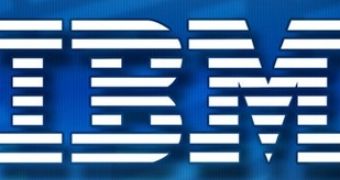IBM has just introduced a new blade server offering for high-performance computing, powered by Cell processors. The new offering is especially targeted at financial services, digital media creation, and medical imaging, as the updated Cell processor comes with better support for floating point operations.
According to the company, the new BladeCenter QS22 runs on PowerXCell 8i processors featuring the latest Cell micro-architecture. The Cell chip is a joint project of IBM, Sony, and Toshiba and is better known for its implementation in the PlayStation 3 game console. The server manufacturer claims that the new Cell chips are five times faster than the original designs and pack 16 times more memory.
"The new Cell chip is up to 20 times faster on some common financial calculations than Intel's quad-cores", said Dan Olds, an analyst at Gabriel Consulting Group Inc. "The real advantage is being able to run a lot of workloads a lot faster than you thought possible. It could potentially be a game-changer for some companies", he continued.
The QS22 blades are powered by two 3.2-GHz PowerXCell 8i chips, paired with up to 32 GB of RAM memory. IBM announced that a 42U rack with 56 QS22 blades installed can reach a total computing performance of about 25.8 teraflops.
The blade servers run on Red Hat Enterprise Linux and they ship with the open source development environment Eclipse. The company also included the Multicore Acceleration v3 SDK that allows users to optimize their software in order to take full advantage of the multi-core computing environment.
"IBM has delivered on the promise of integrating HPC into the business world in a way that allows developers, clients, and IT departments to ramp up quickly and get results without delay", said Jim Comfort, VP of IBM's Systems and Technology Group.
Olds also said that the QS22 blade was especially suitable to work in supercomputer clusters or in large corporate data centers and had a high degree of integration with AMD and Intel-branded blades.

 14 DAY TRIAL //
14 DAY TRIAL //